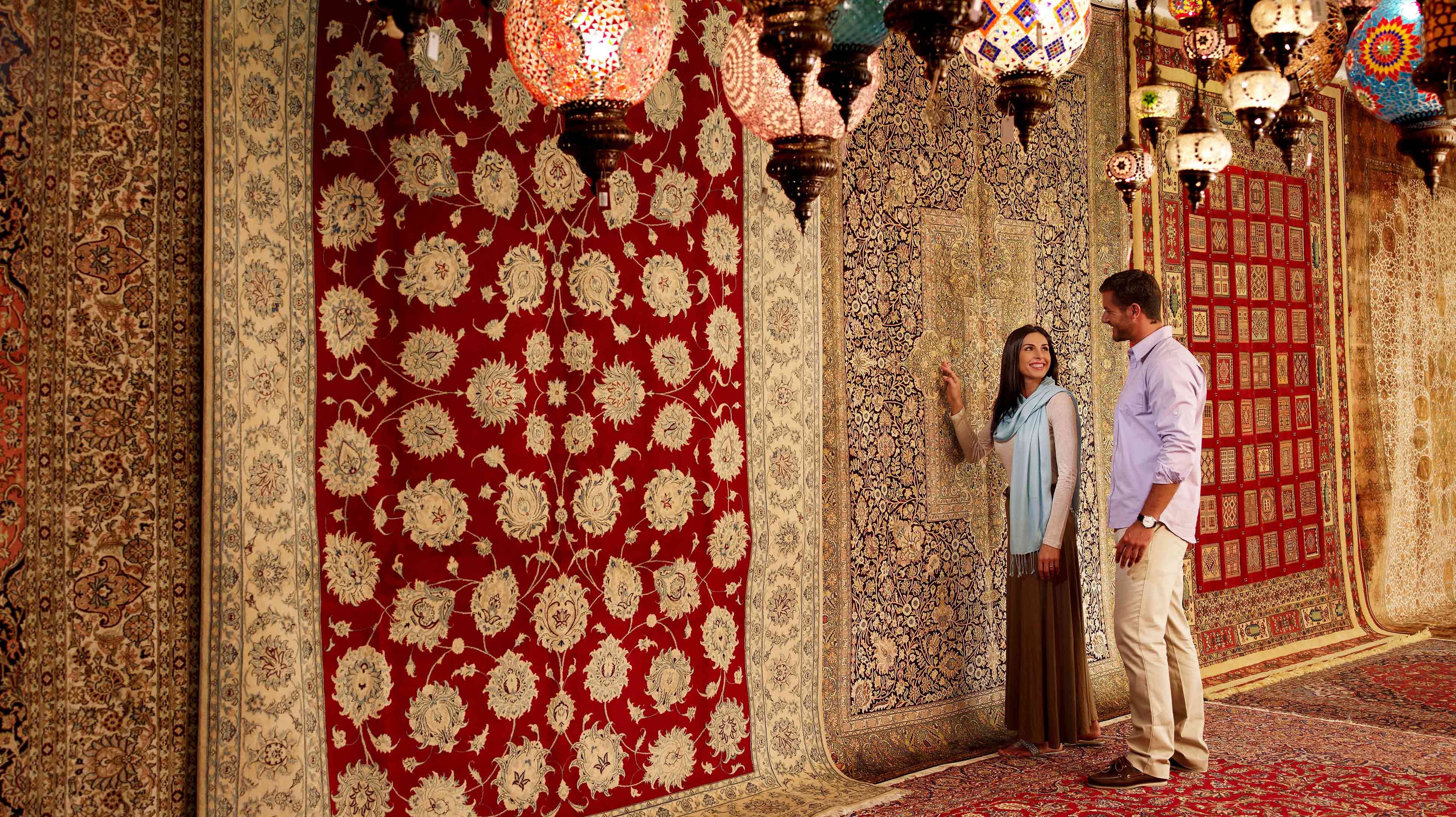
Carpets, with their rich history and diverse applications, have been significant area of human life for centuries. Caused by ancient cultures like Persia and Egypt, where these were hand woven from natural fibers, carpets have evolved dramatically over time. Today, they are manufactured using a variety of materials and techniques, with options ranging Iqbal Carpets luxurious made of wool and man made fibre to affordable man made fibers like nylon and polyester. These advancements have widened the accessibility of carpets, making them a staple in both residential and commercial settings. Their primary function expands beyond appearance, as they also provide warmth, sound intake, and comfort. In traditional cultures, carpets often carry cultural significance and are used in ceremonial settings in order to represent a family’s wealth and status.
The plethora of carpet types available today allows for a wide range of design applications. Posh and Saxony carpets, seen as an their soft, deep heap, are popular alternatives for bedrooms and living rooms, where comfort is paramount. Berber carpets, with their looped fibers, provide a more durable solution suitable for high-traffic areas like hallways and offices. Patterned carpets, often welcomed in hospitality spaces such as hotels and theaters, bring a little complexity and could be custom-designed to fit a specific theme. Every type serves distinct needs and adds a unique touch to the ambiance of the space, allowing homeowners and designers to select the perfect carpet to suit their functional and aesthetic preferences.
Beyond their utilization in private homes and hospitality, carpets also play a significant role in corporate settings. Offices, conference rooms, and reception areas often feature commercial-grade carpets designed to withstand heavy foot traffic while maintaining an elegant appearance. These carpets are typically made with low-pile or hook construction, which resists wear and tear and makes maintenance easier. Moreover, carpets at work contribute to noise reduction, creating a quieter environment that can improve productivity and employee well-being. They also offer safety benefits by reducing the risk of slipping and falls compared to hard flooring surfaces.
Carpet technology has advanced to include stain-resistant and eco-friendly options. Many modern carpets are treated with chemical coatings or made from fibers that resist spills, making them suitable for families with children or pets. Additionally, eco-conscious consumers can choose carpets made from recycled materials or natural fibers like made of wool, jute, and seagrass. These sustainable choices lessen the environmental impact of carpet production and removal. In respond to growing environmental concerns, some manufacturers are developing carpets that can be easily recycled at the end of their lifecycle, promoting a circular economy in the flooring industry.
The installation of carpets can significantly influence the comfort and energy efficiency of a room. Carpets provide an extra layer of warmth, retaining heat during frigid months and potentially reducing energy costs. In addition, they offer a padding surface that absorbs impact, which is beneficial for reducing strain on the joints of occupants who walk or stand for extended periods. When matched with a high-quality underlay, carpets can enhance these effects even further, offering additional comfort and soundproofing benefits. The option of padding thickness and solidity can be tailored to meet specific needs, from luxurious actual softness to firm support for commercial applications.
Maintenance is a crucial area of carpet ownership that affects its longevity and appearance. Regular vacuuming, spot cleaning, and professional deep cleaning are very important to prevent dirt build-up and to take care of the carpet’s texture and color. While some types of carpets, such as high-pile varieties, might have to have more frequent attention, advancements in carpet cleaning technology, like sauna cleaning and dry powdered cleaning methods, have made upkeep more manageable. Investing in proper maintenance not only expands the life expectancy of the carpet but also ensures a healthier indoor environment by reducing allergens and dust allergens.
Carpets also play a significant role in cultural and artistic expressions. In countries like Iran, Turkey, and The indian subcontinent, traditional handwoven carpets and carpets are viewed art forms, often depicting intricate patterns and scenes from local folklore. These carpets are highly revered for their craftsmanship and can take months or even years to complete. They are not only functional items but symbols of cultural heritage passed down through generations. In contemporary settings, designers are blending together traditional motifs with modern styles, creating carpets that serve as unique statement pieces in homes and museums and galleries alike.
Carpet customization has become increasingly popular, allowing consumers to choose colors, patterns, and even art logos to match their personal or brand identity. This trend is very prominent available sector, where businesses seek to manufacture a cohesive aesthetic throughout their spaces. Custom carpets can be tailored to reflect the organization’s color scheme, logo, or thematic elements, enhancing the brand experience for clients and employees alike. Additionally, advancements in digital printing technology have made it safer to produce custom designs cheaper, growing the creative possibilities for interior decorators.
While carpets offer lots of advantages, they are not without drawbacks. Carpets can be prone to yellowing, wear, and damage from spills, heavy furniture, or sharp objects. Moreover, they may not be ideal for those that have allergies, as carpets tend to trap dust, pollen, and other allergens. However, modern carpet innovations, such as hypoallergenic fibers and anti-microbial treatments, are addressing these concerns. Choosing the right carpet for a specific environment involves considering these potential disadvantages and taking steps to mitigate them through proper selection, installation, and maintenance.
In conclusion, carpets continue to be a versatile and valuable flooring choice that combines functionality with style. From ancient hand woven projects to modern, eco-friendly designs, the development of carpet manufacturing demonstrates changing tastes, technological advancements, and cultural values. Whether used for comfort, warmth, or artistic expression, carpets remain a popular choice for enhancing the appearance and functionality of rooms. The future of carpets promises even more innovations, as sustainable practices and smart technology integrate with traditional craftsmanship to meet the diverse needs of consumers worldwide.